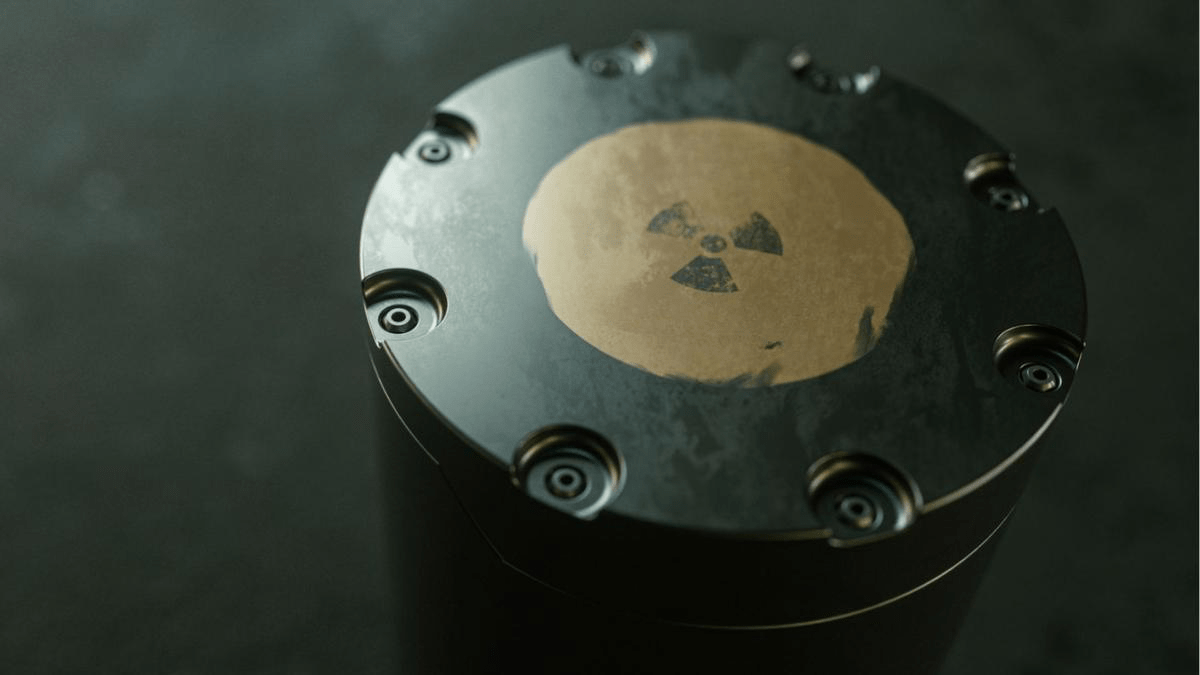The Japan Atomic Energy Agency made history by developing the world’s first rechargeable battery, which uses uranium as its main component.
The research team built a prototype battery that employed uranium as its active material to power electrochemical reactions that produced electricity. The new battery technology departs from lithium and lead batteries by employing uranium because researchers have long recognized its special properties would be suitable for battery applications.
Researchers used uranium with chemical properties equivalent to depleted uranium (DU), which is obtained from nuclear fuel enrichment operations. The discovery provides DU with a fresh commercial application despite its former status as a difficult waste material with restricted uses. According to the agency, these batteries demonstrate the ability to support renewable energy stability through their effective storage solutions for solar and wind power.

A 10 cm wide and 5 cm tall prototype battery utilizes a uranium electrolyte for its negative electrode together with an iron electrolyte for its positive electrode. The battery demonstrated a voltage output of 1.3V, which matches an alkaline battery while maintaining stability throughout ten charge-discharge cycles, proving its dependable nature.
Japan possesses 16,000 tons of depleted uranium out of the worldwide total stockpile of 1.6 million tons. The large-scale production and commercialization of uranium-based batteries would create a sustainable technique for utilizing extensive uranium stores. To maximize performance, the researchers will create a redox flow battery system that implements electrolyte circulation to boost capacity and operational efficiency.
The implementation of uranium batteries exists mainly within controlled radiation areas, including nuclear facilities. The expanding energy requirements create excellent prospects for this innovation to fulfill two critical tasks: decarbonization and renewable energy integration.


